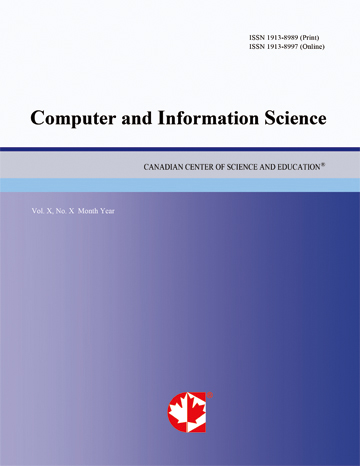Remote Sensing, Gis and Cellular Automata for Urban Growth Simulation
- Munira Al-Ageili
- Malek Mouhoub
- Joseph Piwowar
Abstract
Cities are complex spatial systems and modeling their dynamics of growth using traditional modeling techniques is a challenging task. Cellular automata (CA) have been widely used for modeling urban growth because of their computational simplicity, their explicit representation of time and space and their ability to generate complex patterns from the interaction of simple components of the system using simple rules. Integrating GIS tools and remote sensing data with CA has the potential to provide realistic simulation of the future urban growth of cities. The proposed approach is applied to model the growth of the City of Montreal. Land use/land cover maps derived from Landsat data acquired in 1975 and 1990 were used to train a CA model which was then used to project the land use in 2005. A comparison of the projected and actual land uses for 2005 is presented and discussed.
- Full Text:
 PDF
PDF
- DOI:10.5539/cis.v10n4p38
Journal Metrics
WJCI (2022): 0.636
Impact Factor 2022 (by WJCI): 0.419
h-index (January 2024): 43
i10-index (January 2024): 193
h5-index (January 2024): N/A
h5-median(January 2024): N/A
( The data was calculated based on Google Scholar Citations. Click Here to Learn More. )
Index
- BASE (Bielefeld Academic Search Engine)
- CNKI Scholar
- CrossRef
- DBLP (2008-2019)
- EuroPub Database
- Excellence in Research for Australia (ERA)
- Genamics JournalSeek
- GETIT@YALE (Yale University Library)
- Google Scholar
- Harvard Library
- Infotrieve
- Mendeley
- Open policy finder
- ResearchGate
- Scilit
- The Keepers Registry
- UCR Library
- WJCI Report
- WorldCat
Contact
- Chris LeeEditorial Assistant
- cis@ccsenet.org
